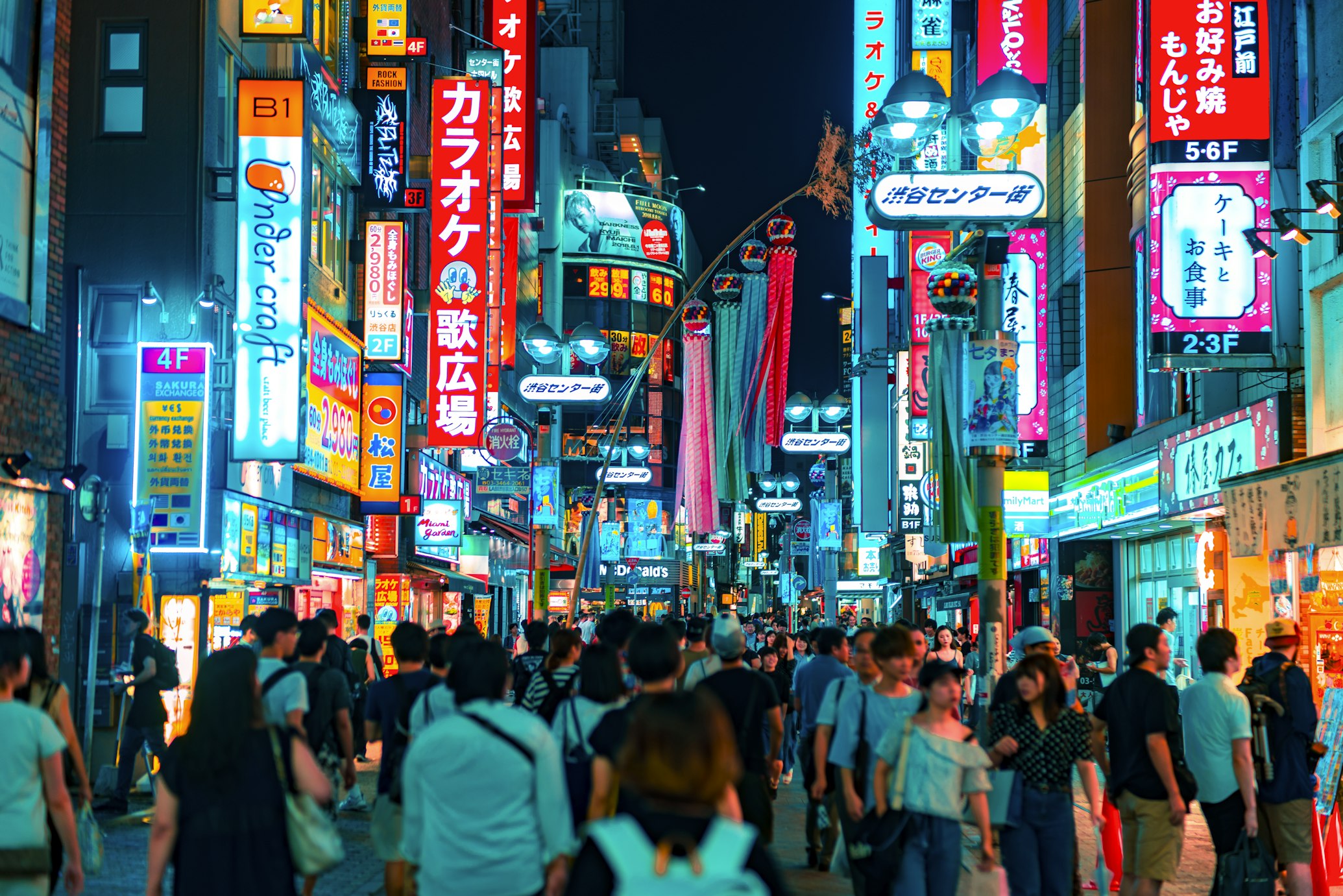Shopping in Japan offers an extraordinary blend of tradition and innovation. Each region presents a unique array of goods that reflect both the country’s rich cultural heritage and its cutting-edge modernity. Whether you want meticulously crafted traditional goods or the latest high-tech gadgets, Japan’s shopping landscape has something for everyone.
Traditional Crafts in Kyoto
Kyoto, once the imperial capital of Japan, remains the heart of traditional Japanese culture. The city is famous for its artisan markets and specialty shops. Here, shoppers can find exquisite handmade crafts such as Kyo-yaki (Kyoto ceramics), known for their intricate designs and vibrant colors. Walking through the Nishijin district, you can explore shops selling beautifully woven Kimonos made using traditional techniques passed down through generations.
Another must-visit is the Kyoto Handicraft Center, where tourists can buy and participate in workshops to create their own pieces of Japanese crafts, such as Yuzen dyeing or making Japanese washi paper.
High-Tech Shopping in Akihabara
In contrast to the historical atmosphere of Kyoto, Akihabara in Tokyo is a haven for electronics enthusiasts and anime fans. Known as “Electric Town,” Akihabara has stores offering the latest electronic gadgets, from the newest cameras and smartphones to hobbyist electronics and robotics kits. The district is also famous for its otaku culture, with numerous shops dedicated to anime, manga, and video games.
Yodobashi Camera and Bic Camera are two of the largest electronics retailers in Akihabara, where one can find virtually every kind of electronic good under the sun. For a more specialized experience, Super Potato offers retro video game enthusiasts a chance to find rare consoles and games.

Fashion Forward Harajuku
Harajuku, particularly Takeshita Street, is synonymous with youthful exuberance and the epicenter of Japan’s kawaii (cute) culture. This bustling street is lined with shops that cater to every fashion style, from gothic to fairy-tale-inspired outfits. Shops like Laforet Harajuku and Takeshita Dori offer a dizzying array of clothing and accessories at the forefront of Japanese youth fashion.
Aside from the latest fashion, Harajuku is also a great place to find unique gift items and accessories, such as custom jewelry and handbags. The area is where to observe and participate in the latest fashion trends hitting Tokyo’s streets.
Shopping Malls and Beyond
While the specialty shops offer a taste of niche markets, Japan’s numerous shopping malls and department stores provide an all-encompassing shopping experience that combines both traditional and modern products. Tokyo Midtown and Roppongi Hills in Tokyo are examples of multi-use developments where one can find luxury brands, fine dining, and art museums all in one place.
For a more traditional shopping experience, visiting one of Tokyo’s many department stores, such as Mitsukoshi in Ginza, offers a chance to explore a variety of goods, from high-end fashion to gourmet foods and traditional crafts, under one roof.
Conclusion
Shopping in Japan is a fascinating exploration of the country’s culture, both past and present. Whether wandering through the serene streets of Kyoto in search of traditional handicrafts, diving into the electrifying atmosphere of Akihabara’s tech shops, or immersing yourself in the trendsetting environments of Harajuku, the shopping experience in Japan is unlike anywhere else in the world.